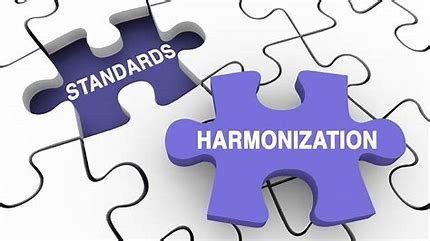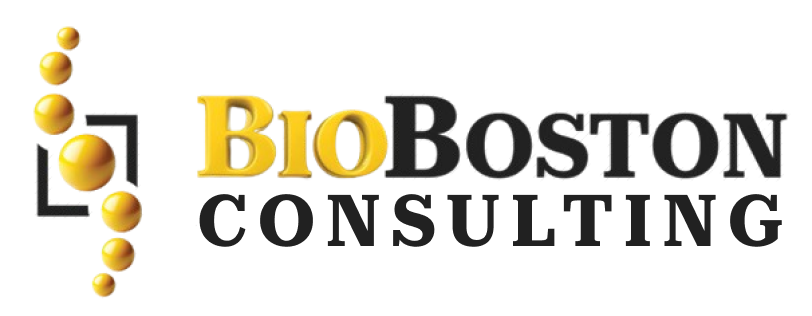Step into a new chapter of harmonizing standards across countries, that is changing the very landscape of pharmaceuticals.
Introduction
The pharmaceutical industry plays a crucial role in global healthcare development, addressing a wide range of health challenges and advancing medical treatments. However, operating in a global market presents significant challenges, most notably the varying regulatory requirements across countries and regions. These differences can create logistical barriers and delay access to life-saving medicines. To address these obstacles, global regulatory harmonization has emerged as a solution, striving to align standards and requirements internationally.

What is Global Regulatory Harmonization?
Global regulatory harmonization is the process through which different countries and regions align their regulatory requirements to create standardized methods for the development, manufacturing, and distribution of pharmaceutical products. The primary objective is to ensure that these products meet consistent quality and safety standards worldwide.

The Role of Pharma Compliance in Harmonization
1. Streamlined Processes:
One of the key advantages of global regulatory harmonization is the elimination of redundancy. Pharmaceutical companies can navigate the approval process more efficiently, reducing delays and speeding up market entry. This leads to faster, more cost-effective approval times for life-saving treatments.
2. Enhanced Efficiency:
With standardized regulatory requirements, biopharmaceutical companies can focus more on innovation and research rather than spending excessive time understanding diverse regulatory landscapes. This reduces the operational burden of meeting different national requirements.
3. Patient Access:
By streamlining regulatory processes, harmonization helps expedite the delivery of life-saving medicines to global markets. Especially in regions with urgent healthcare needs, harmonized regulations can speed up the process, making critical treatments accessible sooner.
4. Cost Savings:
Global harmonization reduces the need for duplicative testing, documentation, and regulatory submissions across multiple countries. This can result in significant cost savings for pharmaceutical companies, which can then be reinvested into further research and development.

Key Initiatives in Global Regulatory Harmonization
Several international organizations and initiatives have played a pivotal role in advancing the harmonization of pharmaceutical regulations globally:
1. International Council for Harmonisation (ICH):
The International Council for Harmonisation (ICH) brings together experts from major pharmaceutical regulatory authorities (including Europe, Japan, and the United States) and the pharmaceutical industry. The ICH creates harmonized guidelines on quality standards for pharmaceuticals, which are widely adopted by regulatory agencies around the world. This collaborative effort ensures uniformity in regulatory practices.
2. Pharmaceutical Inspection Co-operation Scheme (PIC/S):
The Pharmaceutical Inspection Co-operation Scheme (PIC/S) is a vital international initiative focused on harmonizing Good Manufacturing Practice (GMP) standards. It facilitates cooperation among regulatory authorities and pharmaceutical manufacturers to maintain consistent quality and safety in drug production worldwide.
3. WHO Prequalification Programme:
The WHO Prequalification Programme assesses and prequalifies pharmaceuticals and vaccines for use by international organizations, such as the United Nations. It plays a critical role in improving access to high-quality medicines in low- and middle-income countries, ensuring they meet global safety and efficacy standards.

Real-World Impact: Success Stories of Harmonization
Imagine a pharmaceutical company developing a revolutionary cancer treatment. The company recognizes an opportunity to streamline the approval process by harmonizing the regulatory standards across multiple countries. As a result, the company accelerates the approval process in numerous regions simultaneously, making this life-saving therapy available to patients much sooner than would otherwise be possible.
Such success stories illustrate the tangible benefits of global regulatory harmonization, where the alignment of standards directly impacts patient access to critical treatments.

Obstacles and the Road Ahead
While global regulatory harmonization brings numerous benefits, challenges remain. Regulatory capacity varies across countries, and cultural, legal, and technological barriers continue to hinder progress. The pace of technological advancement can also outstrip regulatory efforts, creating gaps in existing standards.
However, the future of regulatory harmonization remains optimistic. Advancements in communication and technology have improved the ability of countries to collaborate more effectively. The pharmaceutical industry, regulatory bodies, and international health organizations must continue working together to overcome remaining barriers and achieve a truly harmonized global regulatory framework.

Conclusion: A Transformative Step Forward
Pharmaceutical industry experts are steadily working toward the goal of global regulatory harmonization, a concept that is increasingly becoming a reality rather than a distant vision. By simplifying regulatory processes, enhancing efficiency, and improving patient access, harmonization makes life-saving medicines more available and cost-effective, all while maintaining high standards of safety and quality.
If your organization is looking to navigate the complexities of global regulatory harmonization, BioBoston Consulting can help. Get in touch with us today to find out how we can support your journey to compliance in the global pharmaceutical landscape.


